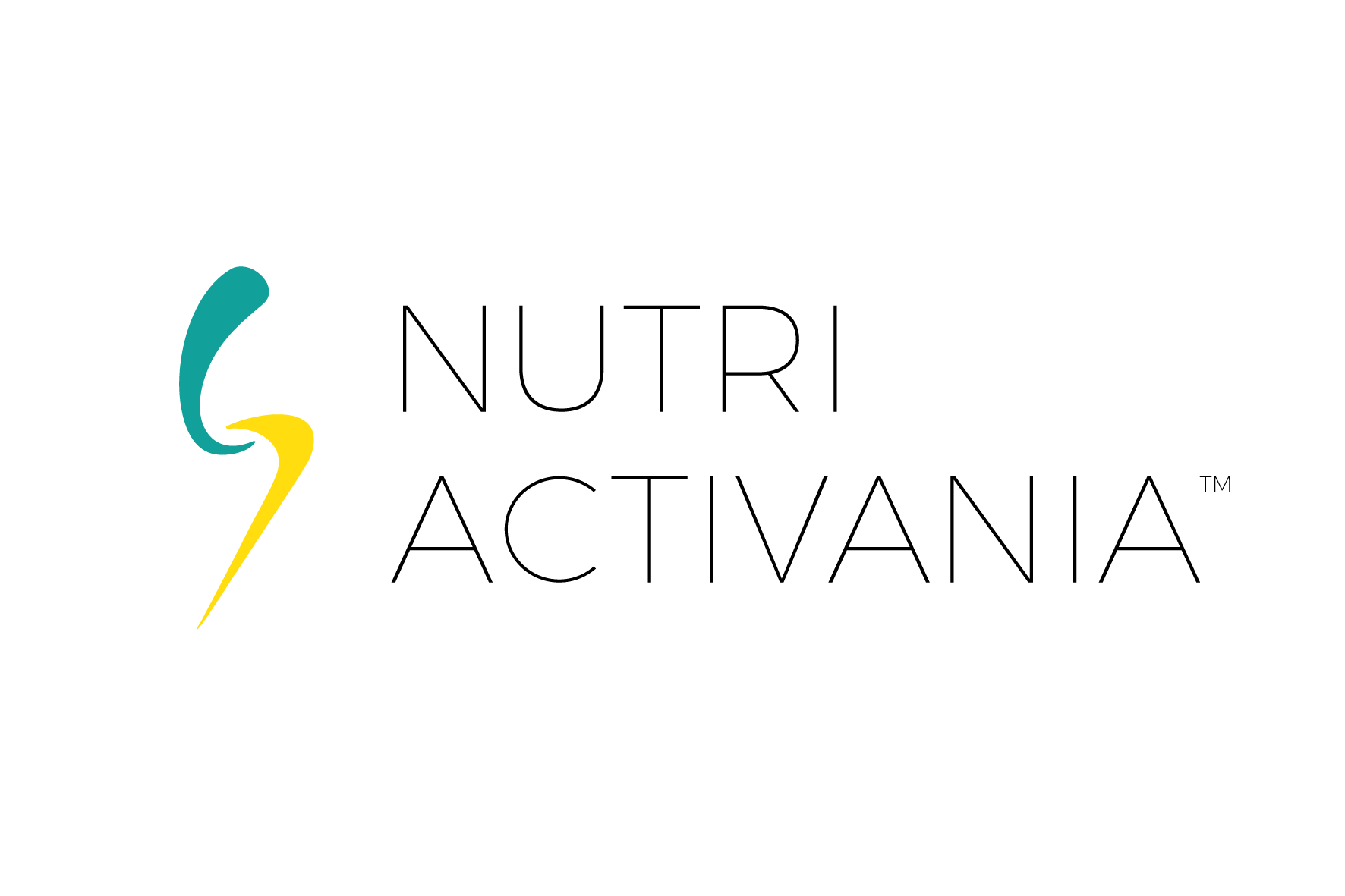There is an unfortunate side effect of living longer: bone loss. With every passing year after the age of about 30, each of you, and faster in women than men, experiences a decrease in bone mineral density (the mineral content of bone each unit of bone). When bone mass falls below healthy values, this is called osteopenia, which could be a precursor to the bone diseases osteomalacia or osteoporosis. Osteomalacia is impaired mineralization which occurrs due to vitamin D and calcium deficiency, while osteoporosis is very low bone mineral density that weakens the skeleton, spiking susceptibility to bone breakage and fractures.
Calcium and vitamin D play the most critical vitamin and mineral roles in bone development. Vitamin D is regarded as the “sunlight vitamin” for its ability to be absorbed by using the sun’s rays to produce a form of vitamin D, “7-dehydrocholesterol,” within our body’s skin. Vitamin D is hard to obtain naturally in the diet but is found in select foods, including egg yolks, fish, and specific mushrooms, says Avni.
Several healthy habits could help delay bone loss or boost existing bones like weight management. Generally, a healthy balanced diet, and regular physical activity, including strength or resistance training two times a week, is enough. However, one of the best ways to prevent bone loss is to have adequate calcium.
The (RDA) or recommended dietary allowance for calcium has increased by 300 milligrams each day since the 2016 updates to the nutrition label by the FDA. Children and adults should consume 1,300 mg per day, from a combination of whole and fortified foods, including supplements, when required.
Here are certain foods shared by leading nutritionist and dietician Avni Kaul, that help you reach these calcium goals.
Calcium-fortified cereals and juices
If your mornings usually consist of the above mentioned cow’s milk or fortified non-dairy milk poured on calcium-fortified cold cereal and topped off having a glass of calcium-fortified orange juice, you have perhaps achieved 2/3rd of your calcium goals for the day.
Leafy greens
Of all the excellent ways spinach could benefit your health, enhancing your calcium levels is not really one of them. Spinach contains a component called “oxalates,” which inhibit our body’s ability to absorb calcium. However, other dark leafy greens make the cut. Include kale, collards, mustard greens, or turnip greens in your meals.
Protein foods
Nowadays getting fish like salmon is not a challenge in India. Canned salmon and sardines come in around 118 to 300 mg of calcium per 3-ounce serving. Besides that, almonds provide 95 mg of calcium per 1/4th cup.
Milk
The top calcium options in the milk group include cow’s milk and yogurt, and also fortified non-dairy milk and yogurts such as almond, soya, or oat-based. The aim is to obtain three single-cup servings each day of dairy or fortified soya alternatives.
- Is it Safe to Take Caffeine During Pregnancy? How Much Is Safe? - May 14, 2024
- How to Make Your Morning Tea Healthy? 5 Must-Have Ingredients in Your Chai - May 11, 2024
- Guide to Eating Fruit for a Diabetes Diet - May 6, 2024
